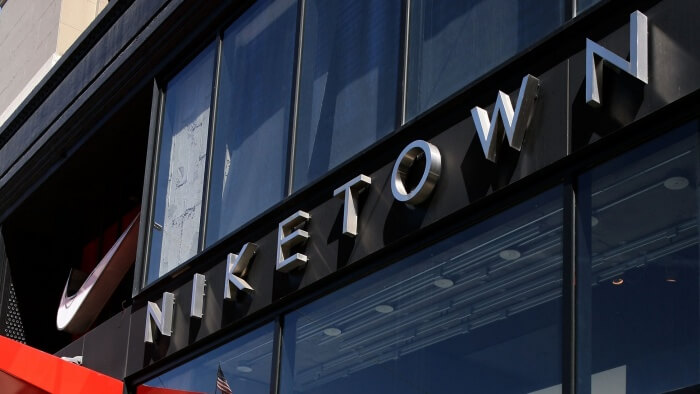Project management is a skill that you never perfect, only get better at. So what are the key lessons for creative agencies that want to improve how they work with clients?
Five Lessons Creative Agencies Can Learn From Past Projects
Project management is a skill that you never perfect, only get better at. So what are the key lessons for creative agencies that want to improve how they work with clients?

Working in the creative industry means you are constantly met with new challenges, new ideas and new faces. Here's why practice makes perfect when it comes to client management and bringing creative projects to fruition.
Every design company is different. Some will excel in strategy, creative direction or design itself. Working with brand clients the landscape is never the same, but by applying a consistent process and refining our learning from each scenario, will enable us to keep delivering output to be proud of. Here are my five steps to successful project management and happy customers:
Know the foundations of the brand
From engaging with a new client from the onset, to the end product, each agency works to a set process. For example, over the years, Goose has honed a four-stage process and for us it’s key to delivering a successful brief on time and on budget. Including key definitions such as these in a client proposal also ensures greater transparency throughout collaboration.
No matter the type of client – whether it’s a US-based billion dollar sportswear brand or UK-based indie manufacturer, clearly assessing the foundations of your client, coupled with a detailed schedule will always keep everyone on the same page.
Different department, different angle
A project might require you to don a new hat and think a little differently. The end product may be the same, however the conduit through which you deliver the new product may differ. For example, the marketing department may have a brief for you to create a shoe line to fit a specific marketing message. The concept you create to reflect this brief might differ to a product created to fit in line with the finance department, who wish to keep a project low-budget.
"Being flexible will bring in diverse projects. Like all companies, clients’ needs will change"
Understanding the parameters which you are working with will provide a clear framework and less probability that you might disappoint your client. Past projects can provide insight as to which boundaries to keep in mind for future.
Involving the client provides insight
We tend to collaborate with our clients as much as possible. Not only does it get the creative juices flowing but also a strong relationship will often allow you to be more immersed within the company and understand as much about the brand as possible.
Maintaining the relationship, from proposal right through to sales allows you to define what worked, and more importantly what didn’t. Investing that time allows the other party to see your dedication to the project. Even if it doesn’t go as planned, at least it will provide a mutual trust and the chances of another collaboration.
Oh sorry, I thought you meant...
Sometimes you don’t notice miscommunication until you are halfway through a project. Whether international or local, some words to have different definitions, for example ‘Development’ can mean different processes in different countries.
We refer to ‘print’ as the graphic all-over design for a fabric, however, it also refers to the ‘print’ medium of magazine layouts. ‘Graphic package’ is a full deliverable to us, but the same meaning is referred to as a ‘tool kit’ to licensing companies, which is supplementary to the main artwork of a printed document – and so on and so on.
Don’t be afraid to check their meaning of certain processes if you’re working with new clients. It will save you a whole lot of hassle in the future and develop a significant level of trust from the get go.
Be more flexible
Being flexible will bring in diverse projects. Like all companies, clients’ needs will change based on the results of the current financial quarter or other budgetary factors. If you are unable to be appointed as an additional design resource outright, offer to work in collaboration with a client’s existing team.
Our involvement with the in-house design team at sports lifestyle brand O’Neill allows us to create trends and consult on creative direction three seasons ahead, enabling a fresh outlook on product direction. This also provides the opportunity to see whether your agency and client are compatible.
Thanks for signing up to Minutehack alerts.
Brilliant editorials heading your way soon.
Okay, Thanks!



